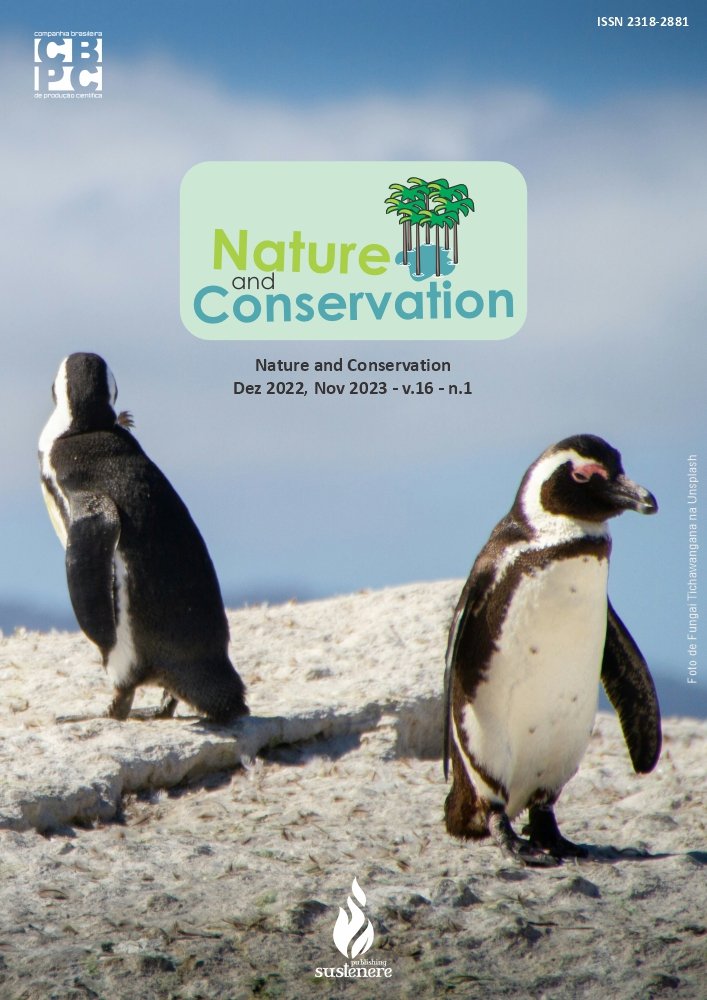Economic analysis of the hybrid tomato cultivation of the habit determining in the harvest and bread period in the central regiona of Mato Grosso
DOI:
https://doi.org/10.6008/CBPC2179-6858.2021.012.0008Keywords:
Protected crop, Mulching, Solanum lycopersicum, Italian tomato, Agroeconomic viabilityAbstract
A large part of the table tomatoes grown in Brazil has an indeterminate growth habit, demanding more operations like individual tutoring, prune, and multiple harvest, which raise the risk of contamination. However, there is the possibility of using determinate growth habit tomato híbridos, in a way that the growth is eased and the use of pesticides and labor are lower. This study aimed to evaluate the commercial production and economic analysis of tomatoes at different environments seeking the in natura market. The study evaluated the parameters of commercial production, economic analysis and number of fruits per plant of determinate growth habit tomatoes with the híbridos Fascínio, Vedette and Mariana in two environments: protected crop during the off-season period and open field with mulching during the season. The experimental design adopted was a subdivided plot. The híbrido Fascínio showed a larger commercial production, the environments did not have substantial difference about this parameter. The open field showed a bigger quantity of commercial fruits per plant and there was not substantial effects among the híbridos. The open field with mulching presented the best economic viability, with a profitability ratio of 59,19%, in the inter-crop under protected cultivation, this profitability rate was 49,15%.
Downloads
Downloads
Published
Issue
Section
License
Copyright (c) 2021 Ibero-American Journal of Environmental Sciences

This work is licensed under a Creative Commons Attribution-NonCommercial-NoDerivatives 4.0 International License.
The CBPC - Companhia Brasileira de Produção Científica (Brazil CNPJ: 11.221.422/0001-03) the material rights of the published works. The rights relate to the publication of the work anywhere in the world, including rights to renewals, expansions and dissemination of the contribution, as well as other subsidiary rights. All electronically published works may subsequently be published in printed collections under the coordination of this company and / or its partners. The authors preserve the copyright, but are not allowed to publish the contribution in another medium, printed or digital, in Portuguese or in translation.









